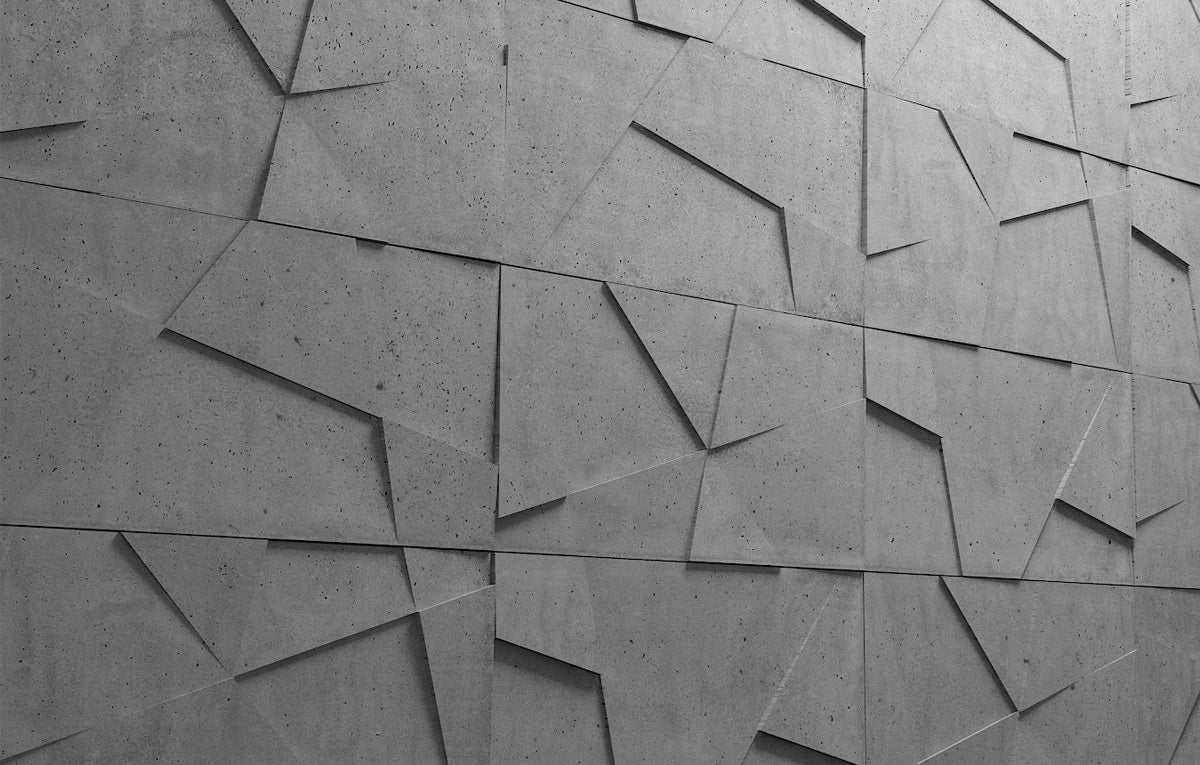Concrete wall panels are known for their durability and versatility, making them a popular choice for residential and commercial construction. However, maintaining their pristine appearance can be challenging, especially when exposed to environmental elements. One common method of cleaning concrete surfaces is pressure washing. While effective, there are concerns about whether pressure washing can damage concrete wall panels. This article will explore this topic in depth to help you make an informed decision.
Understanding Concrete Wall Panels
What Are Concrete Wall Panels?
Concrete wall panels are prefabricated panels made from cement, aggregates, and water. They are used in various construction applications due to their strength, fire resistance, and thermal properties. These panels can be used for exterior cladding, interior walls, and even decorative purposes.
Benefits of Concrete Wall Panels
- Durability: Concrete is one of the most durable building materials, offering resistance to weathering, chemical attack, and abrasion.
- Low Maintenance: Once installed, concrete wall panels require minimal maintenance, making them cost-effective over their lifespan.
- Aesthetic Versatility: Concrete wall panels can be designed in various textures, colors, and finishes to suit different architectural styles.
Pressure Washing: An Overview
What is Pressure Washing?
Pressure washing, also known as power washing, involves the use of high-pressure water spray to remove dirt, grime, mold, and other contaminants from surfaces. The equipment used in pressure washing includes a high-pressure hose, a water pump, and a cleaning nozzle.
Benefits of Pressure Washing
- Effective Cleaning: Pressure washing can effectively clean large areas in a relatively short amount of time.
- Enhances Appearance: It can restore the original appearance of concrete wall panels by removing stubborn stains and discoloration.
- Prevents Damage: Regular cleaning can prevent the buildup of harmful substances that can degrade the surface over time.
Potential Risks of Pressure Washing Concrete Wall Panels
Surface Erosion
One of the primary concerns with pressure washing concrete wall panels is surface erosion. High-pressure water can erode the top layer of the concrete, leading to a rough, uneven surface. This erosion can expose the aggregate beneath, making the surface more susceptible to future damage.
Water Penetration
Concrete is a porous material, which means it can absorb water. Pressure washing can force water into the pores and small cracks in the concrete, potentially leading to internal damage. Over time, this trapped water can freeze and expand, causing the concrete to crack.
Damage to Seals and Coatings
Many concrete wall panels are treated with seals or coatings to enhance their durability and appearance. High-pressure water can strip away these protective layers, leaving the concrete exposed to environmental elements and reducing its lifespan.
Best Practices for Pressure Washing Concrete Wall Panels
Use the Right Equipment
Using the correct pressure washing equipment is crucial. Opt for a pressure washer with adjustable settings, allowing you to control the water pressure. For concrete wall panels, it is recommended to use a pressure setting between 2,000 and 2,500 PSI.
Select Appropriate Nozzles
Different nozzles provide varying spray patterns and pressure intensities. A wide-angle nozzle (25 to 40 degrees) is ideal for cleaning concrete wall panels as it distributes the pressure over a larger area, reducing the risk of damage.
Maintain a Safe Distance
Always maintain a safe distance between the nozzle and the concrete surface. Holding the nozzle too close can intensify the pressure on a specific spot, leading to surface erosion or cracking. A distance of 6 to 12 inches is generally recommended.
Test on a Small Area
Before pressure washing the entire surface, test the pressure washer on a small, inconspicuous area of the concrete wall panel. This will help you gauge the appropriate pressure setting and technique to use.
Use Cleaning Agents Sparingly
While cleaning agents can enhance the effectiveness of pressure washing, they should be used sparingly. Harsh chemicals can react with the concrete, causing discoloration or weakening the material. Opt for biodegradable and concrete-safe cleaning solutions.
Alternatives to Pressure Washing
Soft Washing
Soft washing is an alternative cleaning method that uses low-pressure water combined with specialized cleaning solutions. This method is gentler on concrete surfaces and reduces the risk of damage. Soft washing is particularly effective for removing biological growth like mold and algae.
Manual Cleaning
For small areas or minor stains, manual cleaning with a brush and mild detergent can be sufficient. This method allows for greater control and minimizes the risk of damage to the concrete wall panels.
Conclusion
While pressure washing can be an effective method for cleaning concrete wall panels, it is not without risks. Surface erosion, water penetration, and damage to protective coatings are potential concerns. By following best practices, such as using the right equipment, selecting appropriate nozzles, maintaining a safe distance, and testing on a small area, you can mitigate these risks. Additionally, considering alternatives like soft washing or manual cleaning can provide safer options for maintaining the integrity and appearance of your concrete wall panels.


